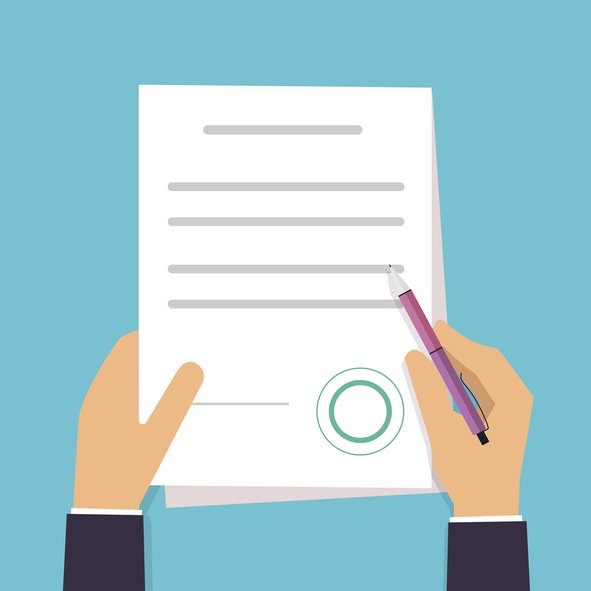How to File a Patent in Canada - Part 1
Filing a patent in Ontario or any part of Canada necessitates meticulousness, a keen eye for detail, and a high level of technical proficiency. It demands a comprehensive understanding of patent laws, regulations, and procedures and the ability to analyze and articulate technical information clearly and concisely. Overall, it is a complex and nuanced undertaking that requires high expertise and experience to ensure success.
Before delving into the procedure for filing a patent, it is essential to revisit the fundamental objective of the patent system in Canada.
One of the goals of the patent system is to fuel scientific advancement, which in turn strengthens our economy. The economic benefits are intended to be an attractive incentive for further research and development, ultimately benefiting all Canadians. Legal protection of patents allows individuals to feel safe investing the time and money needed to create or develop new products and technology.
Once a patent is granted, the inventor has the legal right to stop others from making, selling or using the invention for a maximum of 20 years, calculated from the day after the patent was filed.
A full description of the invention must be provided in exchange for the advancement of technology and knowledge of all Canadians. Patents become available to the public 18 months from the filing date in Canada.
Patent Application Process
Engaging a registered patent agent and/or lawyer with relevant technical background is highly recommended to handle the patent prosecution process. Once the representative is appointed, the Canadian Intellectual Property Office will correspond with them directly, and the representative will be responsible for managing all technical aspects of the patent application.
The representative generally charges by the hour or a flat fee for drafting the patent, which ranges in the thousands of dollars depending on the subject matter of the patent application and length. Filing fees range between $200 and $400, depending on the size of the patent application. Each page exceeding 100 pages costs an additional $6.
For the patient to remain in good standing, maintenance fees range from $50 to $450 per annum. For the first four years of maintenance, the standard fee is $100 and in the following five years, that fee doubles. Another $50 is added to the fee of $200 for the filing’s 10th to 14th annual anniversary dates. The fee jumps to $450 per year in the remaining five years.
Lastly, there is a standard examination fee, which is $800, which we will get close to the end.
Conduct a Patent Search
In certain cases, it can be valuable to conduct a patent search. A patent agent or patent lawyer should be able to conduct that research for you on the national and international level. Still, there are also online resources available if you would like to do a preliminary search first. For example, a search within Google Patents can locate relevant prior art patents; however, it is also important to consider journal articles and other sources of publications.
A preliminary patent search can help you identify trends in a specific field, discover new product lines, find information that prevents duplication of research, keep track of other similar patented technologies, find a solution to a technical problem, and gain new ideas for further research.
Even before hiring a representative it is advisable to do an online search via the Canadian Patents Database. If your invention (or one that is very similar) has been patented already, there may be no need to take further steps; however, it’s advisable to seek confirmation from a patent agent to be certain.
A more thorough search can also be done in person by visiting the Client Service Centre at the Canadian Intellectual Property Office. However, the former should be performed in very specific cases, as the office is located in Gatineau, QC, and such a search would be costly for Ontario residents.
What To Patent
To have patentability of a new technology, your innovation must meet three basic criteria:
Novelty – the invention must be the first of its kind worldwide.
Utility – while this may seem common sense, your invention must have a useful function(s).
Inventiveness – the invention must be a new development or an improvement of an existing technology that is not obvious to someone working in the same specialty area.
The invention can be a product, a composition, a process, a machine, or an improvement on any of the four. Finally, a patent is granted only to the tangible embodiment of the idea, which can be sold.
Patent Abstracts, Specifications, Drawings
A summary of the invention and its usefulness must be provided in the application. Also, claims that define the boundaries of your patent’s protection must be included. Clarity in the description is critical. A simple yet detailed report should be addressed to those in a similar field. Anyone in that field – reading the description – should understand it well enough to be able to put that invention to use.
The biggest challenge of drafting such a document is to define the invention broadly enough. Hence, it receives maximum protection while being specific enough, so it is sufficiently different from previous inventions.
Athena Innovation & Legal
The next part of the blog post "How to File a Patent in Canada" is available for you to read. If you require any assistance with patent filing or other legal matters, feel free to schedule a consultation by clicking here.
**The information provided herein is a general background of contractual, technology and intellectual property law concepts. It does not constitute legal advice, and should not be relied upon as legal advice. Athena Innovation & Legal, nor the author, make no express or implied representations or warranties in respect of the information, including but not limited to the accuracy of the information.**

